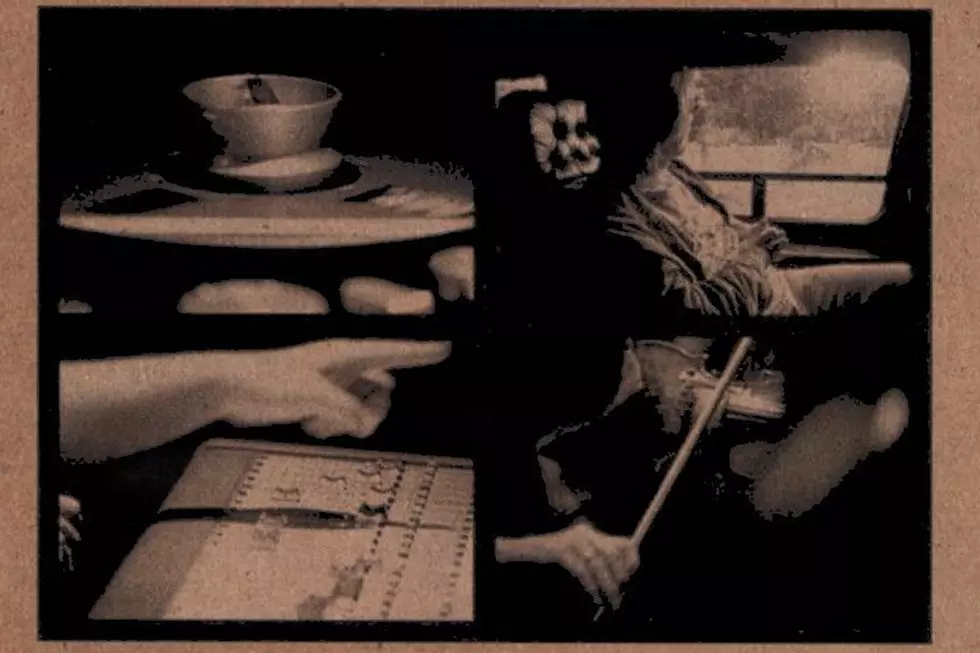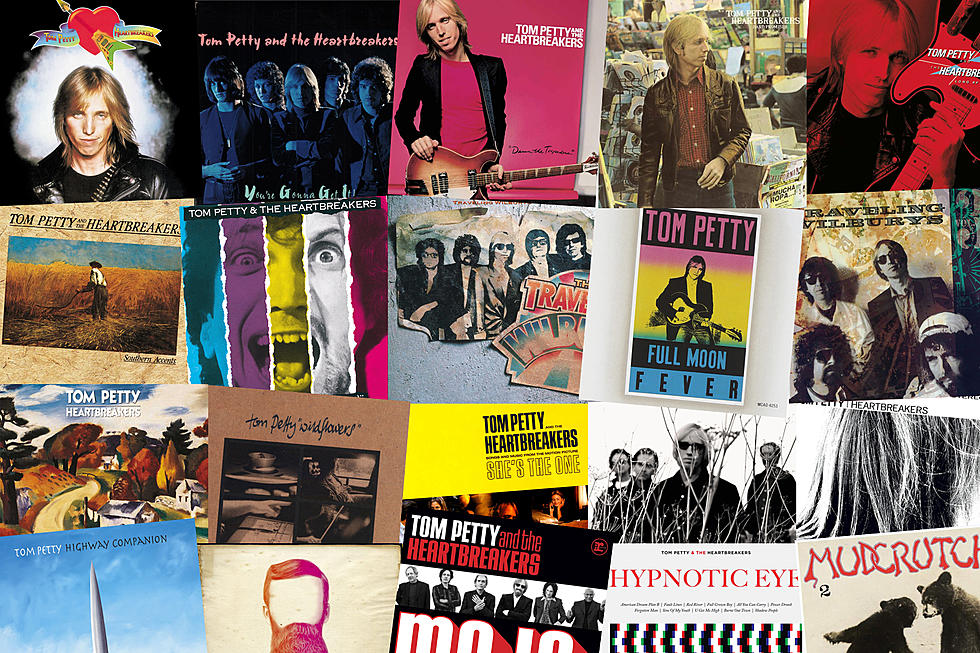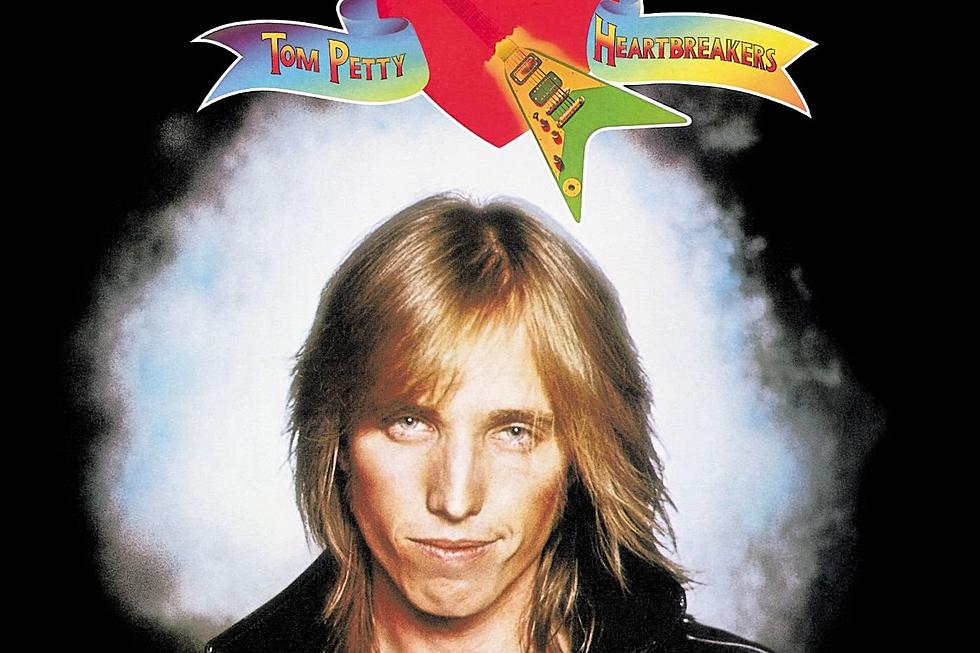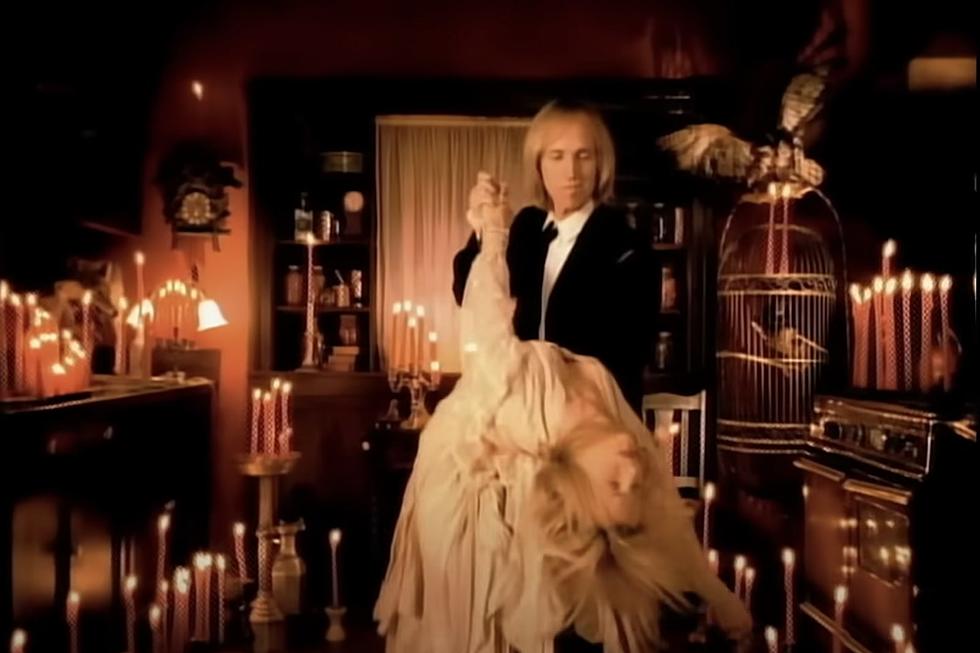
Tom Petty’s ‘Wildflowers’ Turns 25: The Stories Behind the Songs
Tom Petty’s landmark 1994 album Wildflowers is perhaps his most beloved solo release.
The record, which found him being augmented by many of his Heartbreakers bandmates, was produced by Rick Rubin and included some of his most memorable songs. Petty himself held the album in high regard through the rest of his life, and was said to be considering a reissue and anniversary tour before his death in October 2017.
Released on Nov. 1, 1994, Wildflowers was markedly different from anything Petty had done before, on both sonic and musical levels. Petty took a more organic and rootsy approach to production and instrumentation, and the album has become notable for being one of his best-sounding works.
Below we take a look at the album's 15 songs.
“Wildflowers”
The album’s title track has gone on to become one of the most beloved in Petty’s catalog and is arguably the flagship song on the album. "Wildflowers" features Petty’s percussive acoustic strumming, with some Heartbreakers behind him. Benmont Tench’s signature piano work shines; it’s also a key example of how different the album sounded from anything Petty had done before.
In a subsequent interview, Petty recalled that "Wildflowers" was eerily easy to write and compose — something he initially misinterpreted as not good enough for release. He quickly realized, however, this wasn’t the case.
“I just took a deep breath and it came out," he said. "The whole song. Stream of consciousness: words, music, chords. Finished it. I mean, I just played it into a tape recorder and I played the whole song and I never played it again. I actually only spent three and a half minutes on that whole song. So I’d come back for days playing that tape, thinking there must be something wrong here because this just came too easy. And then I realized that there’s probably nothing wrong at all.”
“You Don’t Know How It Feels”
The second song on the album, “You Don’t Know How It Feels,” is a pretty major departure for Petty in a musical sense. The song features drummer Steve Ferrone, who would soon become a Heartbreaker, carrying a relatively sparse and spacious production. The guitar work is frugal, which gives the rhythm section and Petty’s lyrics more room to shine.
“You Don’t Know How It Feels” is famous for its reference to marijuana on the line, “Let’s roll another joint.” At the time, it was considered a controversial lyric, so an edited version was made for radio and MTV. Petty addressed the line in a VH1 Storytellers episode.
“Every blue moon or so, I might have a toke on somebody's ... cigarette," he explained. "It's an okay way to live your life, but it's not to be advised. I'm not going to say it's good or bad. But I wrote this song a while back, and I was trying to do this character in the song who was kind of down and looking for some company. And instead of having him say, 'Let's have another beer' - they always have to have that in the song - I thought this guy should roll another joint.”
“Time to Move On”
The third song on the album, “Time to Move On,” is in the same vein as the title track in terms of vibe and instrumentation. There’s even some orchestration, which occurs on a number of Wildflowers songs. In the book Conversations With Tom Petty, the singer recalled hearing it on the radio after not having heard it for a while. The lyrics, he said, still resonated with him.
“I had forgotten the lines, and there’s a really funny line in it: ‘Nauseous adrenaline / Like breaking up a dog fight,’” he recalled. “To get those lines into a song, that’s pretty was really hard. But it worked out really nice.”
“You Wreck Me”
The upbeat “You Wreck Me” became a staple in the band’s live set. But during the writing process, it went through a very slight evolution that completely changed the vibe of the whole thing.
“[Petty] wrote the whole song," Heartbreakers guitarist Mike Campbell said. "I remember when he called me, he said, ‘I've got some words to this song,’ I said, ‘What do you call it?’ and he said, ‘It's called 'You Rock Me.'’ I remember thinking, I don't know, it sounds kind of ordinary, but we really like the track and everything. We went ahead and cut it and we lived with that for a while, but we kept saying, ‘You rock me … ’ Then one day he came back and goes, ‘I've got it, I'll just change it to 'You Wreck Me,’ and the whole thing took on a new meaning. It's an example of one little word changing the whole thing.”
“It’s Good to Be King”
Another staple of the live set, particularly in Petty's later years, “It’s Good to Be King” and its minor-key foundation wouldn’t feel out of place on a vintage Heartbreakers record. Benmont Tench’s piano hook is prominently featured, but it's Steve Ferrone's drumming -- where the newcomer employs a less-is-more approach to the fills -- that distinctly sets the song in the second half of Petty's career.
“Only a Broken Heart”
“Only a Broken Heart” stands out as one of the most tender and emotionally fragile moments on a record of stylistically eclectic material. Petty’s vocal performance is subtle and understated, augmented by a chiming 12-string acoustic guitar and Benmont Tench on harmonium. The lyrics paint an intimate portrait of a central character expressing regret over the end of a relationship and wanting to do whatever it takes to get that person back.
“Honey Bee”
The riff-based “Honey Bee” is one of Petty's heaviest and bluesiest, and features Steve Ferrone pounding away behind distorted guitars and Petty’s soulful vocals. Notably, the song was performed on Saturday Night Live after the album was released, with former Nirvana drummer and soon-to-be Foo Fighters leader Dave Grohl on drums.
Grohl was hired for the one-off TV performance after Stan Lynch left the band, and before Petty invited Ferrone to join the Heartbreakers on the tour to promote the Wildflowers album. Grohl actually turned down an offer to join the Heartbreakers in favor of starting a solo project that eventually became Foo Fighters.
“Don’t Fade on Me”
“Don’t Fade on Me," an acoustic number that finds Petty and Campbell's finger-picking, features front-and-center vocals, with guitars boasting the kind of clarity and harmonic compression that make Wildflowers such a standard bearer in terms of production and engineering.
The lyrics find Petty reaching out to a friend who may be in need of help: “Was it love that took you under / Or did you know too much? / Was it something you could picture? / Or never could quite touch?” “Don’t Fade on Me” confirms that Wildflowers isn’t just a sonic treat, it’s lyrically rich too.
“Hard on Me”
Another down-tempo electric number in the same vein as “It's Good to Be King” might weigh down another artist's album, but “Hard on Me” stands up among Wildflower's more memorable songs because of its vulnerability and sparse production. It also confirms the LP's reputation as a great headphones record, with Benmont Tench’s organ panned left while the guitars are spaciously separated. Rick Rubin's production allows for the drums and vocals to remain center and put the focus right where it should be.
The stereo imaging achieved on the album is made possible by its more tame and organic approach; “Hard on Me” nails it conceptually.
“Cabin Down Below”
In Conversations With Tom Petty, Petty described “Cabin Down Below” as a “moment of semi-nonsense” amid the album's more weighty songs. It’s not necessarily a throwaway, but it certainly acts as a buffer among some of the seriousness.
“It’s blues and rockabilly mixed,” Petty explained in the book. “And it was another one that I saw as a relief in the sequence of things, that it would be a moment of semi-nonsense for a minute: Okay, we’re gonna party here for a minute.”
“To Find a Friend”
“To Find a Friend” is notable for both Tench's barrelhouse piano and Ringo Starr’s contribution to the track. The former Beatles drummer provides shuffle to a 12-string-driven folk-like tune similar to the earlier “Wildflowers” and “Time to Move On.”
“He did a really good job of playing,” Petty said in Conversations of Starr’s appearance. “The feel of that song is so good. Many drummers today wouldn’t know how to play a song like that.”
“A Higher Place”
One of the most interesting things about Wildflowers is the instrumentation, particularly the keyboard sounds employed by Benmont Tench. Not only did the veteran keyboardist play his usual pianos and organs, he also ventured in more distinctive territory with a harmonium.
On “A Higher Place,” which also features Campbell at his most Byrdsian on the outro solo, Tench played something called an Orchestron, which Petty explained in Conversations as "an old keyboard where you actually put in a plastic disc, which is string sounds. He noted that the string samples sound intentionally “very shaky.”
“House in the Woods”
The slow-burner “House in the Woods” finds Petty playing 12-string electric guitar, while Campbell provides a searing slide part. The song is also marked by melodic left turns, as Petty shifts to different keys and navigates oddball chord changes and shifts in time signature.
The song sounds like something a newer band like the Lemonheads would have done at the time, signaling that maybe Petty was taking some inspiration from what was happening around him then. In an era of heavier guitar-centric songs, “House in the Woods” stands out as almost his attempt at crunchy guitar rock 'n' roll with open chords.
“Crawling Back to You”
A highly regarded song in Petty's catalog, “Crawling Back to You” finds him at one of his most emotionally exposed in a song. Petty admitted in the Conversations book that it took quite a while to perfect the track, a fact that underlines just how important of a moment it is on Wildflowers.
He explained that it was a difficult song to navigate in the studio until the idea was floated of having the band play it live together as if they’d never performed it before. The improvisational nature of the take found drummer Steve Ferrone spontaneously bringing in his signature rhythm in a way that made the whole thing click. “That’s the value of a live group in the studio,” Petty said. “I’d have never come up with that without them.”
“Wake Up Time”
Piano is front and center on the dramatic and stunning “Wake Up Time,” which closes the album in a way that makes clear that Wildflowers isn't your usual Heartbreakers record. It captured moment in Petty’s life as organically as possible; the gorgeous arrangement at the center of "Wake Up Time” confirms this.
Surrounded by strings and a simple rhythm section, the song leaves a lasting impression on the listener that’s hard to shake. That’s what Wildflowers does throughout, and one of the reasons it continues to resonate with fans to this day.
Tom Petty Albums Ranked
More From Ultimate Classic Rock









